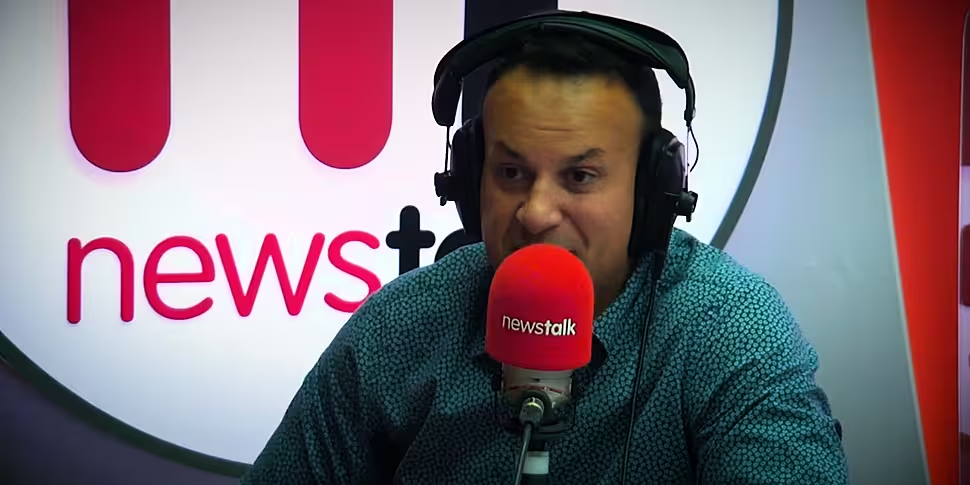The Delta wave is one-tenth as serious as previous waves when it comes to COVID deaths, the Tánaiste has told Pat Kenny.
Leo Varadkar was speaking after the Deputy Chief Medical Officer warned of the potential for a “significant increase” in hospitalisations and intensive care admissions if cases figures continue to rise.
Some 1,378 new cases were announced last night and Dr Glynn said the five-day moving average has increased by more than 300% in the past four weeks.
Despite the surge in case numbers, the number of coronavirus patients in intensive care has remained steady at 22, while the number in hospital has increased slightly to 96.
On The Pat Kenny Show this morning, the Tánaiste Leo Varadkar noted that case rates “mean something very different” now than they would have in previous waves.
He said the Delta wave is around ten times less serious than previous waves in terms of death and around five times less serious in terms of hospitalisations.
“The one thing I would say is that the Delta wave is different because of the vaccination programme, huge numbers of people are protected,” he said.
“If you go back to the Alpha wave, 1,000 cases would have resulted in 20 deaths. Now, 1000 cases will result in one death or two – so it is a tenth as serious in terms of mortality.
“How it translates into hospitalisations is a little bit more complicated but the evidence, for example, from Scotland and this would be borne out in Ireland as well, is that the hospitalisation rate is about 1.5%.
“So, 1,000 or 2,000 cases a day now means something very different to what it would have meant prior to the vaccination programme but obviously if cases escalate to very high levels that would turn into high levels of hospitalisation and high levels ICU admissions and that would be a problem.”
I’ll be on @NewstalkFM very shortly talking about indoor dining and #covid with @PatKennyNT pic.twitter.com/Gu9p8JgPJg
— Leo Varadkar (@LeoVaradkar) July 22, 2021
He said cases rates could go as high as 4,000 a day in the coming weeks.
“We will have to monitor the situation,” he said. “Looking at what happened in Scotland the Netherlands, Portugal and other places – England and Northern Ireland as well – I think we can anticipate that cases could go as high as 3,000 or 4,000 a day and then they would level off as they appear to be in those countries, particularly Scotland
“But this is a dynamic situation. We have to keep it under constant review and we will and the Cabinet committee on COVID will meet throughout August – there won’t be a traditional august break as there wasn’t last year.”
Arcades, bowling alleys and bingo halls
Minister Varadkar confirmed that the Minister for Health has the authority to reopen indoor venues like arcades, bowling alleys and bingo halls on the same basis as pubs and restaurants at any time.
He warned however that this will not be happening for at least another couple of weeks.
“The sense from NPHET and the sense around the Cabinet table is that we would be reluctant to do any further easing any measures for another couple of weeks – at least until we see where the Delta wave takes us,” he said.
“I know that is disappointing and probably feels very unfair for people who run those kinds of businesses because they would say we are no different and no more high-risk than a restaurant.
“I understand that but it is just with the number of cases escalating the way they are, the sense from NPHET and around the Cabinet table is, let’s hold on to what we have gained and not go backwards and let’s take a little pause before we ease any restrictions further.”
"No magic figure"
He said there is “no magic figure or single metric” that will lead to a further tightening or easing of COVID restrictions.
“There are a number of different factors at play and it is not just about the numbers it is about the trajectory,” he said. “The speed at which things may be getting worse.
“You know, 45 in ICU and stable at that figure is different to 45 in ICU and increasing by five every day as people will understand. It is about trajectory and a number of different metrics.”
You can listen back here:









